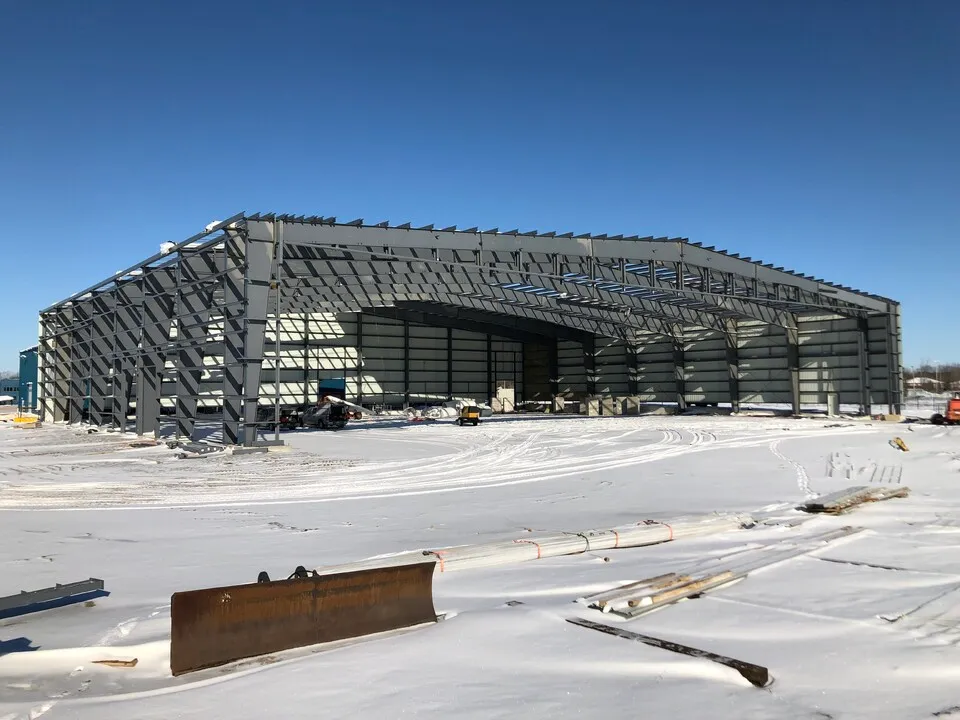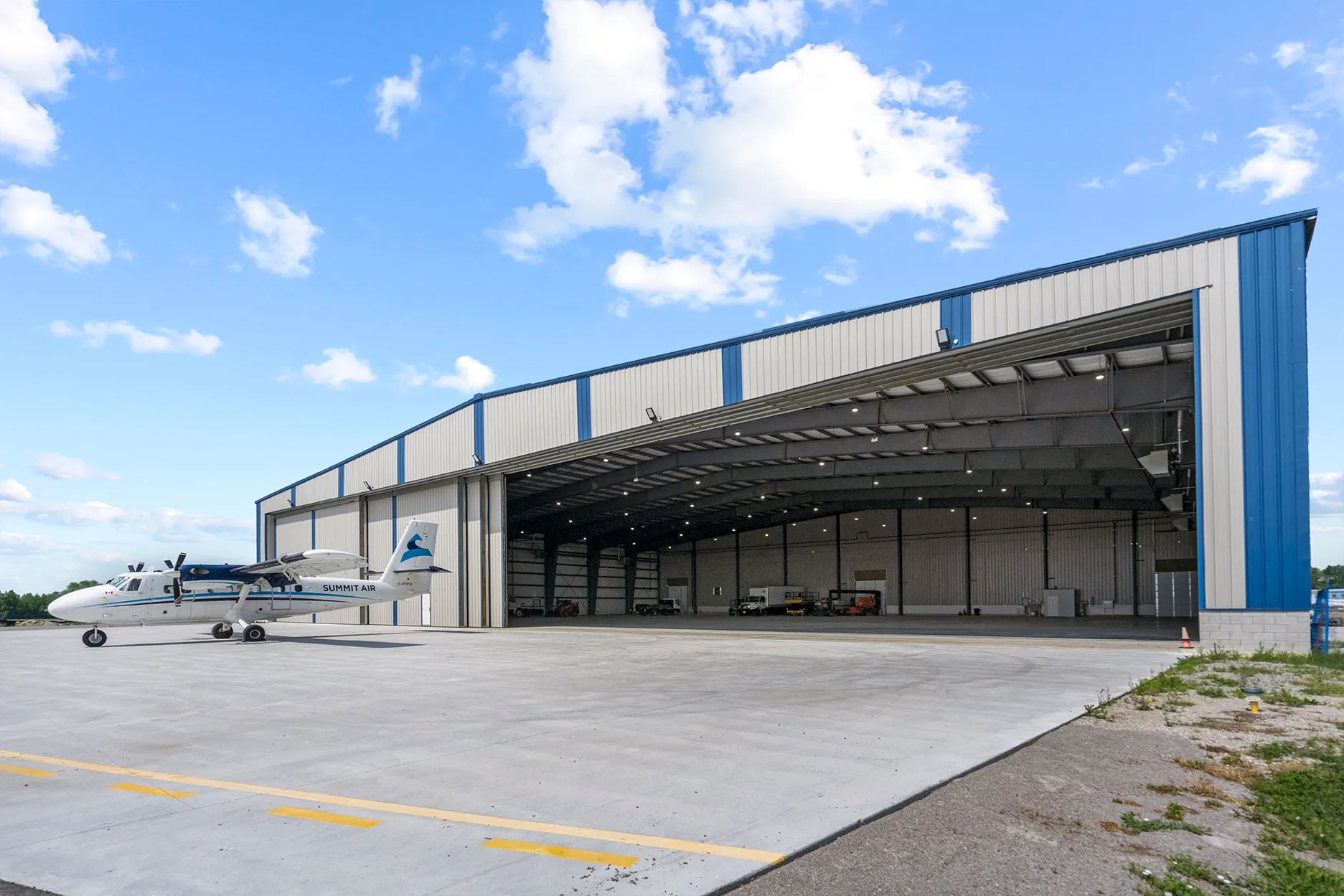Pre-engineered buildings are revolutionizing the construction industry.

Pre-engineered buildings are revolutionizing the construction industry.
These structures, also known as pre-fabricated or modular buildings, are constructed off-site and then transported to the desired location for final assembly. This innovative approach has numerous advantages over traditional construction methods and is gaining popularity globally.
One of the key benefits of pre-engineered buildings is their cost-effectiveness. By being manufactured in controlled factory environments, these buildings significantly save on labor costs, materials wastage, and construction delays. The use of pre-fabricated components also enables faster construction time, allowing for earlier occupancy. This time-saving factor is particularly beneficial for large-scale projects such as warehouses, factories, and commercial buildings.
Furthermore, pre-engineered buildings offer design flexibility. Manufacturers provide a wide range of options, including versatile floor plans, different roof styles, and various exterior finishes. This customization allows for tailored solutions to meet specific project requirements. The adaptable nature of these structures also ensures easy expansion or alteration in the future, making them a sustainable choice for evolving businesses.
In addition to cost-effectiveness and design flexibility, pre-engineered buildings excel in terms of durability and quality. Factory-made components are engineered to withstand extreme weather conditions, seismic activity, and other environmental factors. Stringent quality control measures, combined with the use of high-quality materials, result in buildings that meet or exceed industry standards. These structures provide long-lasting solutions that require minimal maintenance in comparison to traditional construction methods.
Another advantage of pre-engineered buildings is their environmental footprint. The construction industry is notorious for its environmental impact, including excessive waste generation and high energy consumption. However, pre-engineered buildings help mitigate these concerns by reducing material wastage through accurate factory production processes. The controlled environment also allows for efficient energy usage, such as implementing insulation and energy-efficient systems.
Moreover, the use of pre-engineered buildings promotes sustainable practices. The efficiency of the construction process reduces disruption to the surrounding environment, minimizes noise pollution, and limits the usage of heavy machinery on-site. Additionally, the ability to relocate or repurpose these structures ensures their long-term usefulness, preventing unnecessary demolition and waste generation.
Pre-engineered buildings are not only revolutionizing the construction industry but are also transforming multiple sectors. From education to healthcare, retail to residential, these structures offer affordable, sustainable, and customizable solutions for a variety of needs. Their rapid assembly and flexibility make them an ideal choice for emergencies like disaster relief or temporary housing.
As the demand for time and cost-effective construction solutions continues to increase, pre-engineered buildings are poised to become the future of construction. With their ability to deliver durable, high-quality structures in a shorter timeframe, these buildings are reshaping the industry by improving efficiency, reducing waste, and creating sustainable alternatives. Embracing this innovative approach can lead to a revolutionized construction industry that benefits both business owners and the environment.

Do you want to learn how Pre-Engineered buildings can save you cost and energy?
We offer turnkey Design and Construction Management Solutions.
Contact us:
email: [email protected]
Cell : +1 (437) 235-3727

